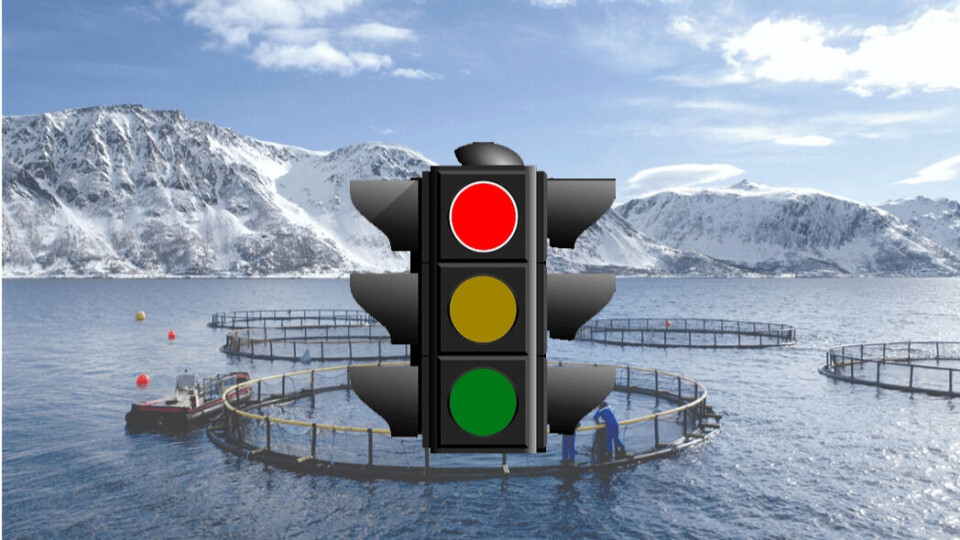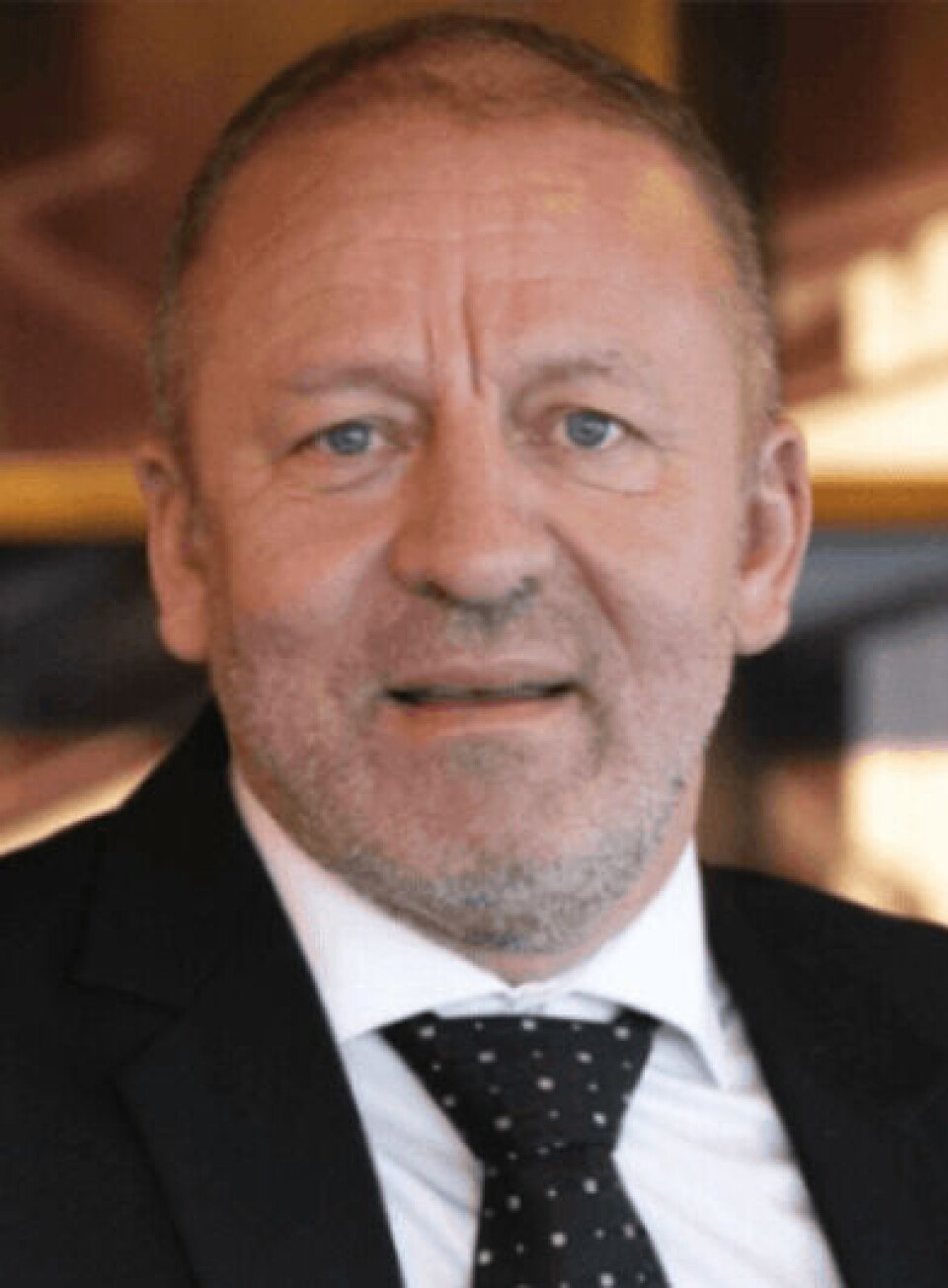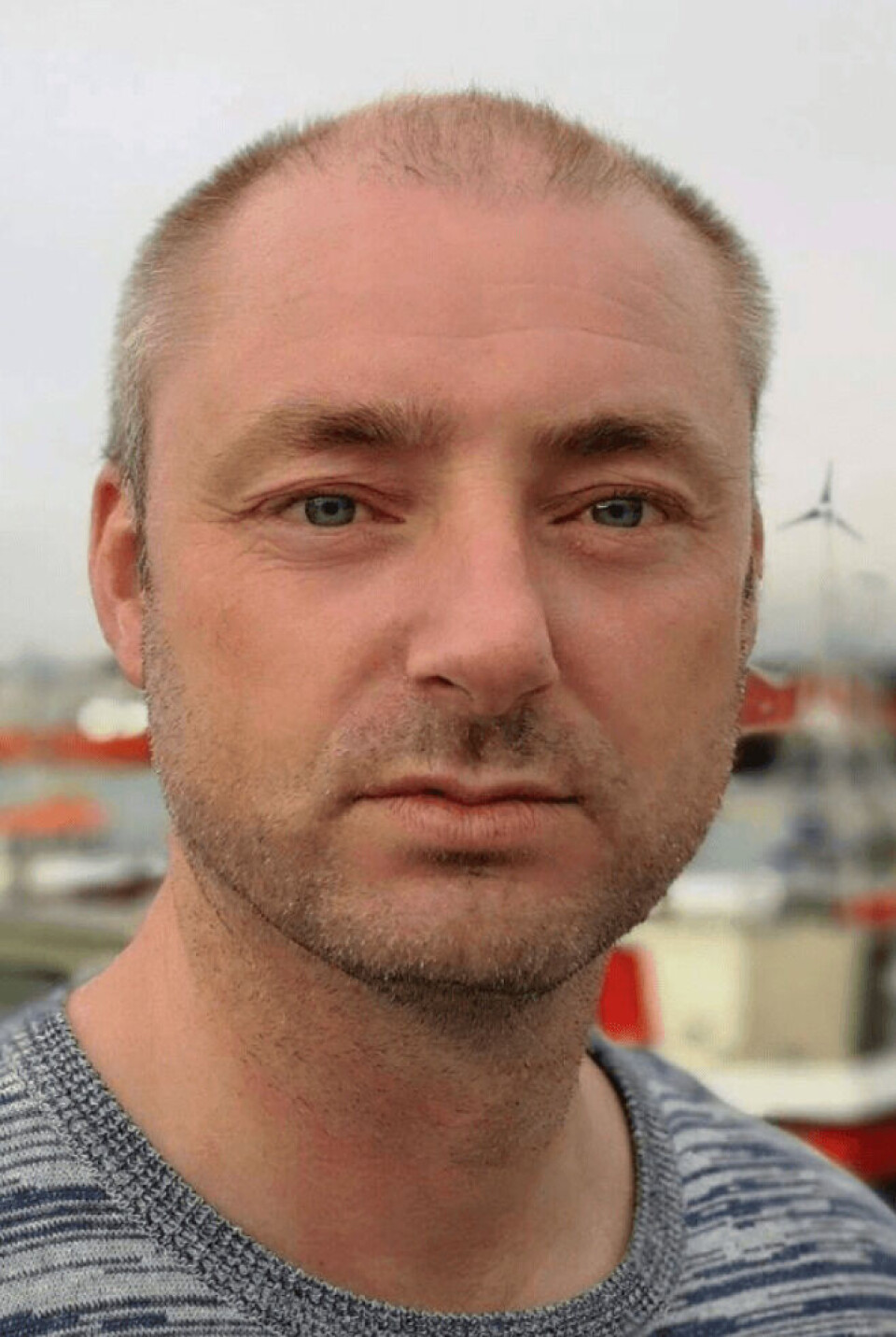
Traffic lights signal production rise in Norway
Norway’s Ministry of Trade and Industry has allowed a net national production increase of between 22,000 and 23,000 tonnes per year for the country’s salmon and trout farmers under the “traffic light” growth regulation system.
Nine of the country’s 13 production areas receive a green light. This means fish farmers will have the opportunity to increase production by around 33,000 tonnes.
Two areas get yellow light, which allows production to remain at current levels, and two areas - Nordhordland to Stad and Stadt to Hustadvika – get a red light, which means production must be reduced by an estimated 9,000 tonnes between them. See the map of the area here (pdf).
6% increase in green areas
A total of 6% increased production capacity will be offered in green production areas. A sixth of that will be sold at a fixed price of NOK156,000 (£1,300) per tonne to allow farmers to increase the size of existing permits.
The rest, plus unsold capacity in green areas, will be sold through an auction of new permits.
The traffic light system used scientific evidence about the impact of salmon lice on wild populations to determine production in the 13 areas.
In areas where the impact of salmon lice has changed, government officials have made an overall assessment in which socio-economic consequences have also been recorded.

Red light consqeuences
“The aquaculture industry is an important industry for Norway. It provides high value creation and jobs. We are now ensuring continued growth in the industry, while also taking the wild salmon seriously,” said recently-appointed fisheries and seafood minister Geir-Inge Sivertsen.
“For the first time, the red light has consequences. We do this for the sake of the environment.”
The new designations have not pleased the riparian rights holders’ group Norwegian Salmon Rivers, which wanted a third area from Karmøy to Sotra (Zone 3) coloured red.
‘Massive mortality’
“Zone 3 has for many years struggled with massive mortality on wild salmonids due to salmon lice from farming, but the ministry chooses not to reduce production here, despite the fact that the appointed expert group says that overall assessment for 2018-2019 indicates that the zone should be red,” said the group’s secretary-general Torfinn Evensen.
Jon Arne Grøttum, director of aquaculture at Seafood Norway, took a different view.
“It is positive that new areas have gone the right way, but it seems regrettable that two are going red,” said Grøttum.
“And then we are disappointed that only 1% of the growth in the green areas will go at a fixed price.”

Removes incentive
Robert Eriksson, managing director of Seafood Companies, a trade body for aquaculture and fisheries firms, was more critical, pointing out that one of the main points of the traffic light system was that it should act as an incentive scheme. Those who had put in effort to reduce lice loads, and through it made the production areas sustainable, should be rewarded with buying growth.
“First, everyone in the green area will be offered the opportunity to buy 1% growth, then 5% of the growth will be put out to tender. This is worse than ever, and in our view violates the original intention of the traffic light scheme,” said Eriksson, who believes that the traffic light scheme as an incentive scheme has been thrown on the scrap heap.
He was also upset by the price of NOK156,000 per tonne, which corresponds to approximately NOK156 million per licence.
“We think the price is too high. It will be difficult for family owned and locally owned companies to join the growth. With such a regime, I fear that we will have an even greater distinction between the large listed and locally owned companies,” he said.






















































